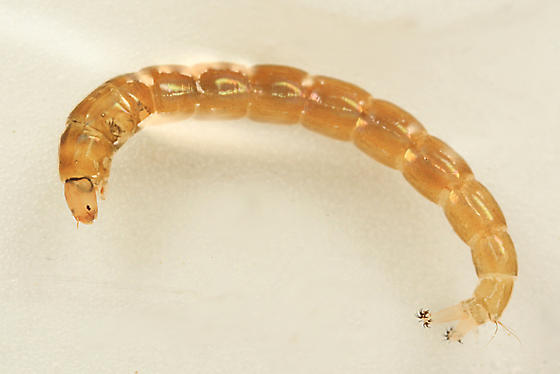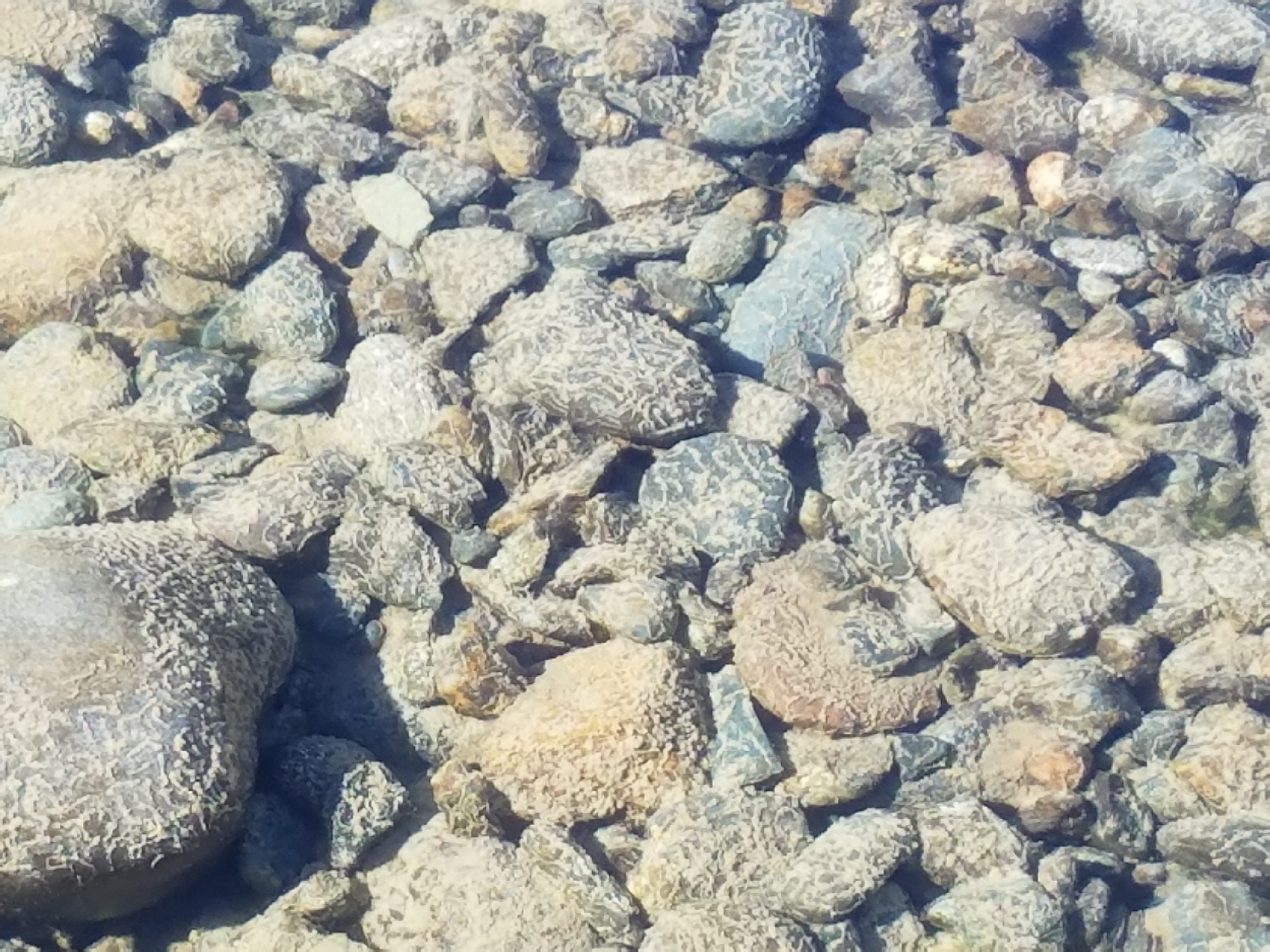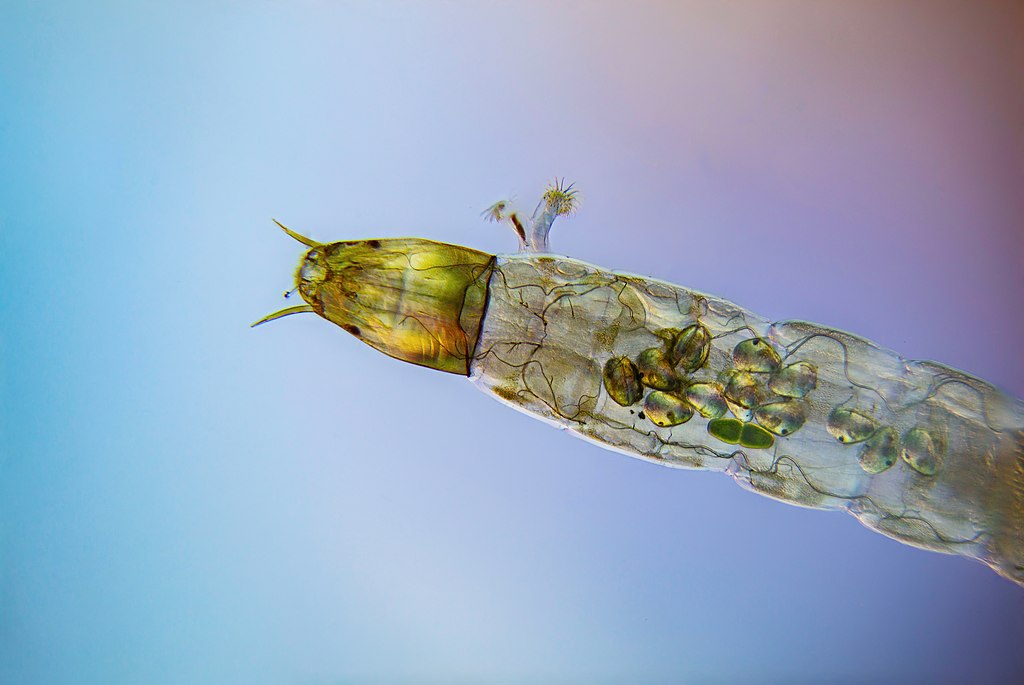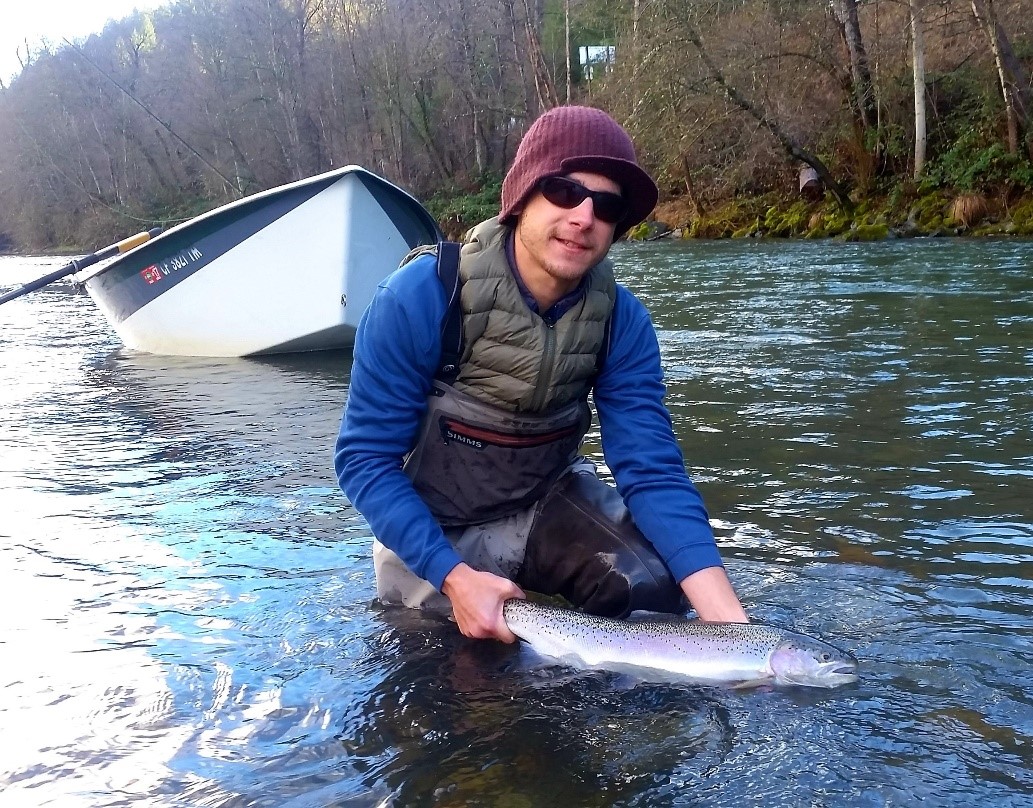
You may notice a distinct absence of bugs flying above the river during these winter months. However, if you look closely you’ll find an active colony of tiny midges buzzing on the surface. These midges, despite their small size, are extremely important to the ecology of the Trinity River. Midges belong to the ‘true flies’ (order Diptera) and are related to other flies such as houseflies, craneflies, and mosquitoes.
Midges are often referred, especially by Trinity River Restoration Program scientists, as chironomids. This is because they belong to the family Chironomidae within the order Diptera. Chironomids are extremely diverse and are found worldwide in all types of different aquatic environments. Some are extremely tolerant of low oxygen and pollution; some even have a hemoglobin analog to survive in low oxygen environments. Others are extremely sensitive to poor water quality. Chironomids are often used to determine the health of streams because of the diversity of different water qualities they can tolerate.

Chironomids are especially important to the ecology of the Trinity River because they are a major food source for juvenile salmonids and other native species. Chironomids are known as a pioneer species which means they are the first to colonize new habitats. During the winter, when seasonal floods are wetting new landscapes, Chironomids take advantage. Their short life cycle (usually between 6 and 12 weeks) enables them to exploit habitat extremely quickly. This often results in a Chironomid ‘bloom’ (see picture). These seasonal ‘blooms’ often coincide with the emergence of salmonids from the gravel.

The chironomids small size and high abundance make it an easy first meal for tiny salmonid mouths. Chironomids along with Baetid mayflies profiled last month, are some of the most important food sources for juvenile salmonids during their outmigration to the ocean.
Figure Captions
- A larval Chironomid [photo courtesy of Bugguide.net]
- Newly inundated floodplain habitat with a Chironomid ‘bloom’. Each one of the tube-like structures are cases that Chironomids construct out of fine sediments. [Chris Laskodi, Yurok Tribe]
- Chironomidae Larvae [Wikimedia Commons]

Chris Laskodi, M.S., Fish Ecologist – Yurok Tribal Fisheries Department
Chris serves as the fish biologist/ecologist for the TRRP in the program’s Science branch. Chris has worked on the Trinity River since 2015, previously serving as a fish biologist for the Yurok Tribe and a fisheries technician for the US Fish & Wildlife Service. Chris holds a B.S. in Wildlife, Fish and Conservation Biology from the University of California, Davis and a M.S. in Aquaculture/Fisheries from the University of Arkansas at Pine Bluff. In his free time, Chris enjoys taking friends and family fishing on one of the many watercraft available to him.
